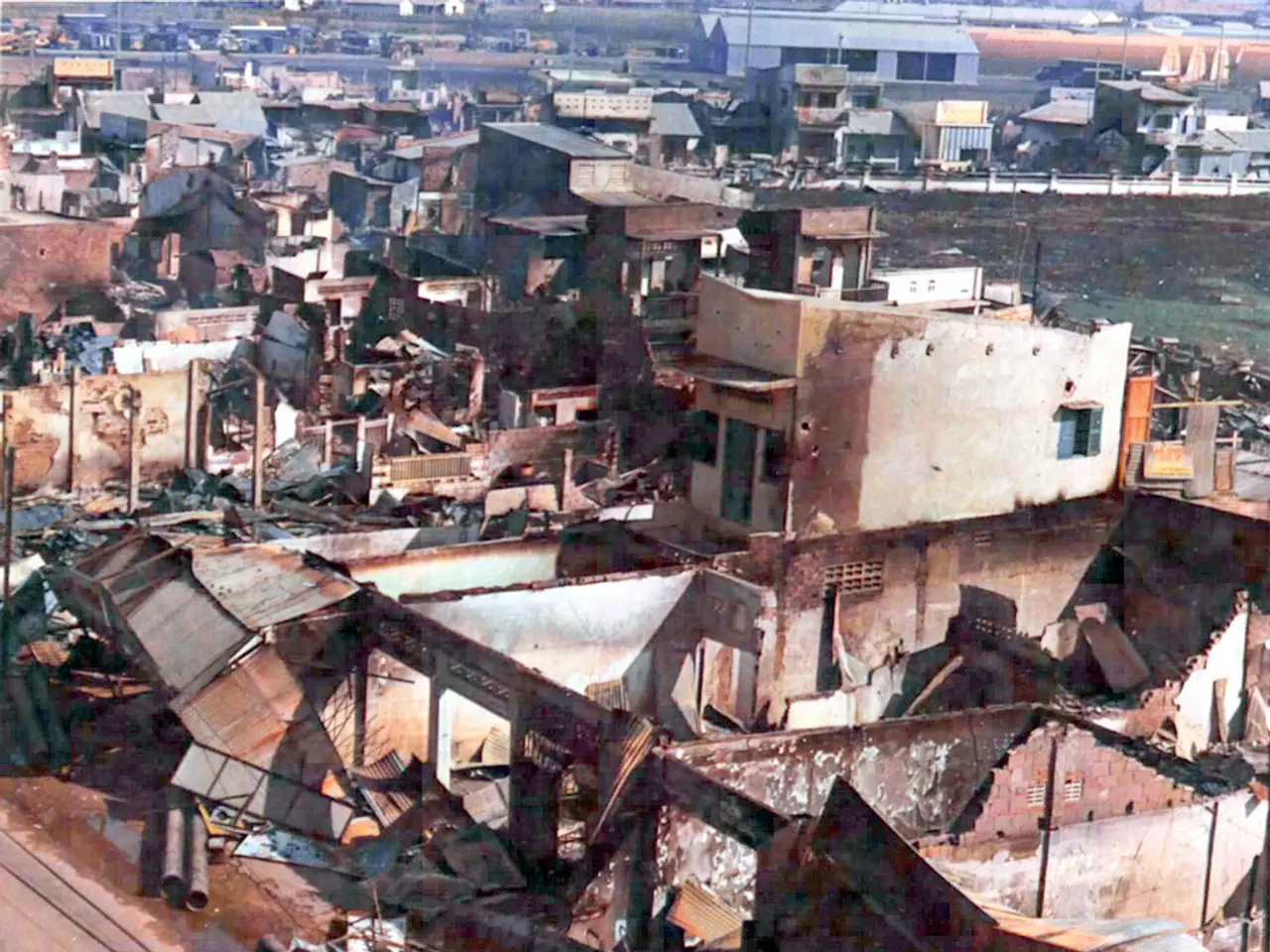Rescuers hunt for those still alive in a fallen structure in Kathmandu following a powerful 7.8 earthquake on April 25.
The region surrounding Nepal has a history of significant earthquakes, with four quakes above magnitude 6 in the past century. On April 25, 2015, this trend continued as a magnitude 7.8 earthquake hit the region, causing widespread destruction and loss of life.
The epicentre of the earthquake was located 48 miles (77 kilometers) northwest of Kathmandu, the capital of Nepal, which is situated in one of the most seismically hazardous regions on Earth. The quake struck at 11:41 a.m. local time (05:51 GMT) at an estimated depth of 9.3 miles (15 kilometers).
The disaster claimed at least 5,000 lives, mostly in Nepal, with additional victims in India and China. Thousands more were injured in the earthquake. After the main quake, some 14 aftershocks were felt by local people, with one reaching a magnitude of 6.6, according to the UN Office for the Coordination of Humanitarian Affairs.
The Geoforschungszentrum Potsdam (GFZ), a scientific institution in Germany, was involved in monitoring and research on earthquakes in the Nepalese region. However, there is no evidence in the sources shown that the GFZ issued a specific earthquake forecast for Nepal in the years before the disaster.
The two massive tectonic plates are colliding at a rate of about 1.7 inches (45 millimeters) a year, pushing up the Himalaya mountain range in the process. This collision is believed to be the cause of the 2015 earthquake, as it was caused by a sudden thrust along the major fault line where the plate carrying India is slowly diving underneath the one carrying much of Europe and Asia.
The region has also experienced larger quakes in the past. In 1934, an 8.1 earthquake severely damaged Kathmandu and killed 10,600 people. A magnitude 8.6 event in 1950, centred in Assam in eastern India, remains the largest quake in the region ever recorded by instruments.
Tragically, the 2015 earthquake also led to avalanches on Mount Everest, reportedly killing at least 18 at base camp. The disaster resulted in the destruction of buildings, damage to historic temples, and widespread loss of life.
The aftermath of the earthquake saw a significant humanitarian response, with aid agencies working tirelessly to provide assistance to those affected. Despite the devastation, the resilience of the Nepalese people shone through, as they worked together to rebuild their lives and communities.
Read also:
- Accident at Rodalben Results in Injuries; Geoskop Area near Kusel Affected After Stormy Weather
- Trump's Conflict with CEOs and Educational Institutions: Who's under Scrutiny?
- Policies proposed by Prabowo generate mixed feelings of optimism and apprehension among Indonesians
- The Natural Cosmetics Market is projected to expand to an astonishing USD 75.0 billion by the year 2033.








